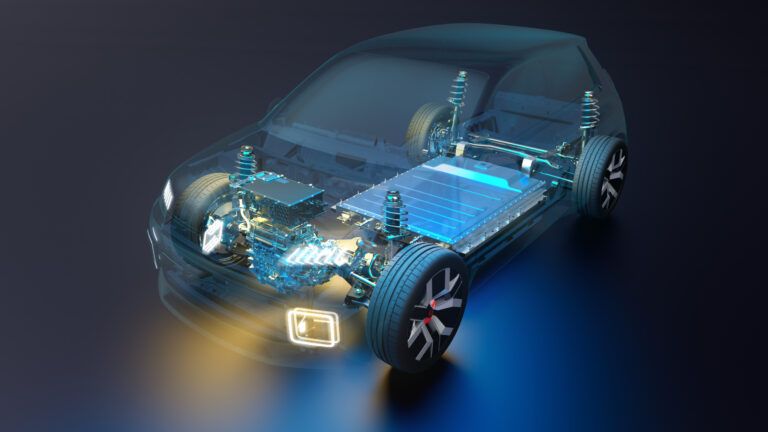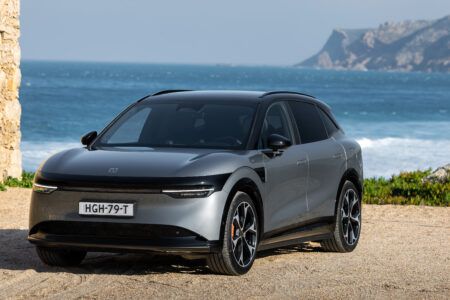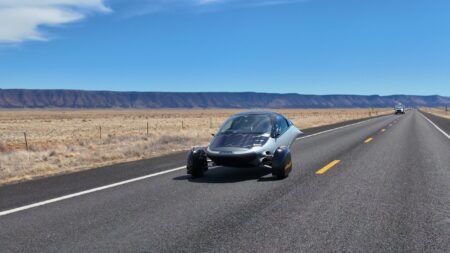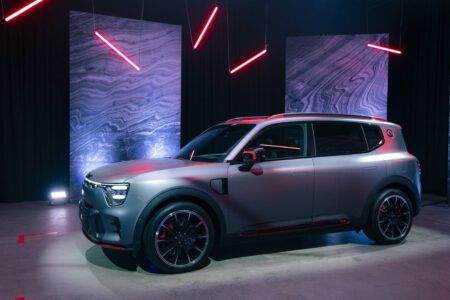Renault experts are currently testing the first nine prototypes of the future electric Renault 5. Known as mules, their platform, power train and battery are technically the same as the future production vehicle but with a design based on the Clio silhouette. Alternating between static and dynamic fine-tuning and endurance testing, the mules are being put through their paces this winter in low grip (ice, snow) conditions in Arvidsjaur (Swedish Lapland) as well as average-to-high grip conditions at the Renault technical centres in Lardy (greater Paris area) and Aubevoye (Normandy).
“Tests being carried out on rolling chassis prototypes will help us confirm decisions made in terms of comfort and handling on the upcoming Renault 5 electric,” said Jérémie Coiffier, Head of Engineering B EV Family. “Without giving anything away, the early test drives are a clear indication that it is a worthy descendant of the Megane E-Tech electric with best-in-class performance for its category; encouraging results that drive us to push ahead with testing through to its commercial launch set for next year.”
Used for the first time on the future electric Renault 5, the new CMF-B EV platform makes it easier to make, develop, and optimize the performance of next-generation B-segment electric vehicles. The advantages of the new design mean a new generation of electric vehicles can be created, with adjustable tracks and wheelbase to allow for different body types and styles. The electric motor on the future electric Renault 5 will be based on the tried-and-tested electrically excited synchronous motor used primarily on the ZOE and Megane E-Tech electric. Not only does it boast better output than a permanent-magnet motor, but it also requires no rare-earth metals meaning that large-scale production costs and the environmental impact are both lower. The new battery pack will also help give the vehicle the competitive edge sought after by Renault. The switch from the 12 modules seen on the ZOE battery to 4 large modules means the architecture is simpler and 15kg lighter. Equipped with a single layer of modules, the battery pack is a perfect fit for the new platform. The future electric Renault 5 will need less space to transport more kWh.
Special care has also been taken to house the battery pack inside the platform for added protection. Its placement will provide added rigidity to the under body, thereby also improving the acoustics and driving pleasure.





